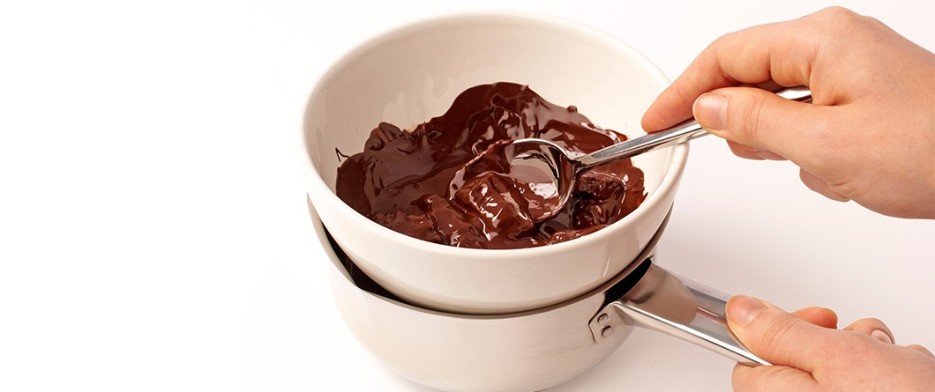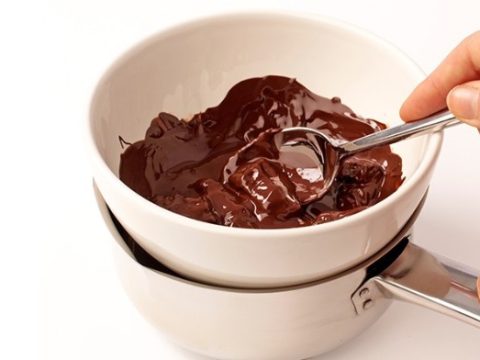Bain Marie Technique: What It Is and How to Use It
Ever wonder how professional chefs keep sauces warm for hours without compromising texture or flavor? The answer is the bain-marie, a simple yet time-tested method that uses gentle, indirect heat.
What Is a Bain-Marie?
A bain-marie (French for “Mary’s bath”) is a cooking method where delicate foods—like custards, creams, and melted chocolate—are heated in a water bath. The food sits in a heat-proof bowl or pan above simmering water, ensuring a gentle, uniform temperature that prevents scorching or curdling.
Origins and Uses
Originally developed by alchemists in ancient Alexandria, the bain-marie was used for scientific and medicinal purposes. Today, it’s indispensable in both professional and home kitchens for:
- Creme Brûlée, soufflés, and custards
- Cheesecakes (baked in a water bath to avoid cracks)
- Sterilizing jars for preserves and pickles
- Melting chocolate smoothly
- Preparing delicate cake fillings and frosting bases
- Keeping sauces (e.g., Hollandaise) warm without “breaking”
- Reviving crystallized honey
- Cooking pâtés and terrines gently
- Holding mashed potatoes or sauces warm for service
How to Set Up a Bain-Marie
- Select two heatproof vessels—one slightly smaller to fit inside the other.
- Pour water into the larger pot and bring to a gentle simmer.
- Place your ingredients in the smaller vessel and set it over the simmering water.
- Maintain a low simmer, adjusting heat to keep water just below boiling.
- Stir as needed, ensuring even cooking and preventing hot spots.
Essential Equipment
- Two sturdy heatproof pans or bowls (stainless steel, ceramic, or tempered glass)
- Lids or foil to minimize evaporation
- Long-handled spoon or spatula for gentle stirring
- Instant-read thermometer (optional) to monitor water temperature
Why Use a Bain-Marie?
The bain-marie offers precise temperature control, preventing overheating and preserving the silky texture of delicate dishes. Whether you’re a home cook or professional, mastering this technique unlocks a world of refined culinary possibilities.


